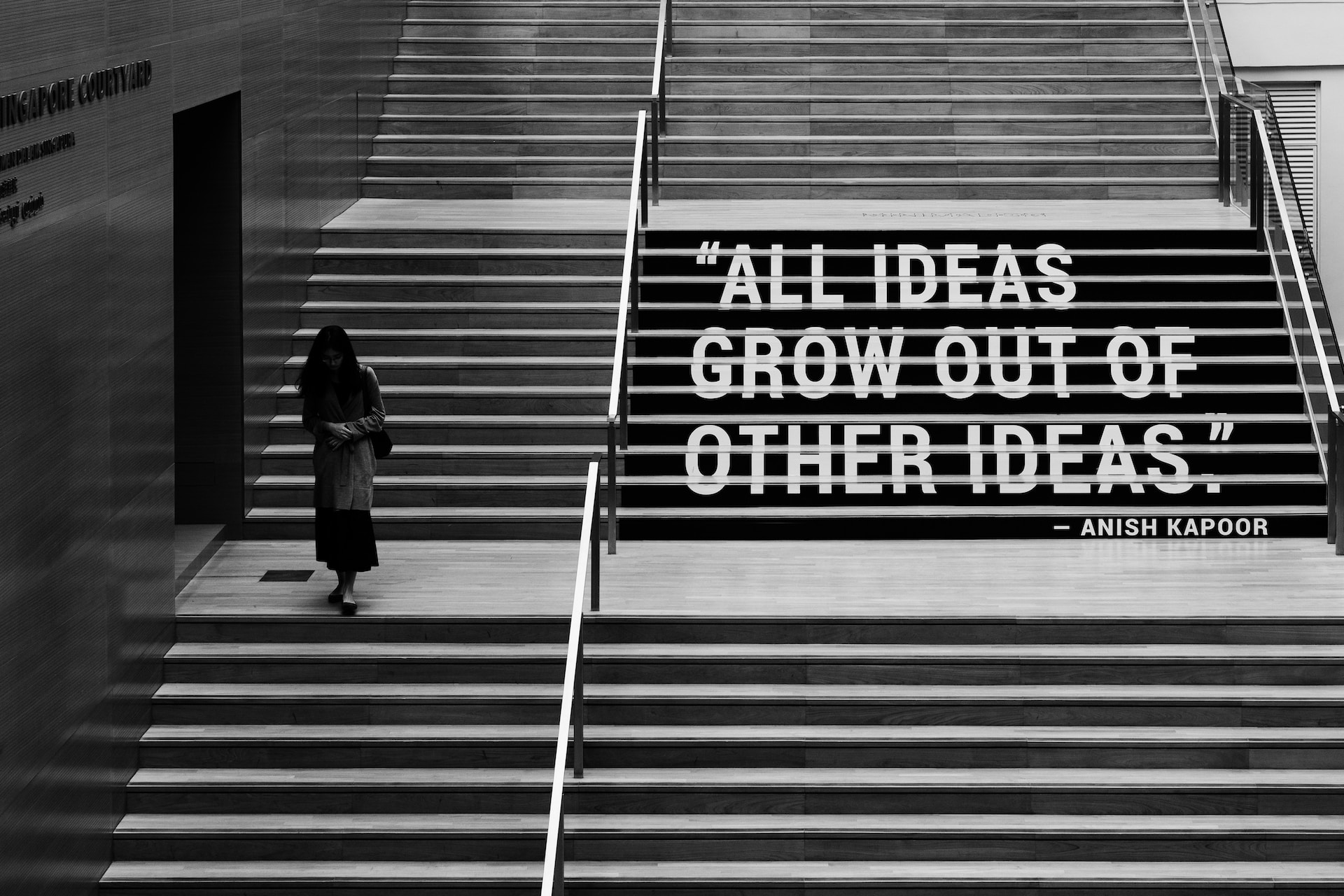Innovation is the process of creating something new or improving something existing that adds value to customers or society. Innovation can help you solve problems, meet needs, seize opportunities, or gain a competitive edge in your market. But not all innovations are the same. There are different types of innovations that can be classified based on various criteria, such as the technology used, the market served, the degree of novelty, or the impact on the industry. Knowing the different types of innovations can help you choose the most suitable one for your situation and goals.
In this article, we will explain seven common types of innovations and provide examples of each one. We will also give you some tips on how to manage innovation in your organization and how to foster a culture of innovation among your employees.
Product innovation
Product innovation is the development of a new or improved product or service that offers better features, performance, quality, or customer satisfaction than the existing ones. Product innovation can be based on new technology, new customer insights, new design, or new combinations of existing elements. Product innovation can help you attract new customers, increase loyalty, differentiate yourself from competitors, or charge higher prices.
Some examples of product innovation are:
- The iPhone, which combined a phone, a camera, a music player, and a web browser into one device.
- Netflix, which offered a subscription-based online streaming service that replaced DVDs and video rentals.
- Dyson, which invented a bagless vacuum cleaner that used cyclonic separation technology to remove dust and dirt.
- Uniqlo’s Heattech clothing line, which uses a special fabric that generates heat from the wearer’s body moisture and retains it in air pockets. This product offers better warmth, comfort, and functionality than conventional thermal wear.
Process innovation
Process innovation is the improvement of an existing process or the creation of a new process that increases efficiency, quality, speed, or sustainability. Process innovation can be applied to any aspect of your business operations, such as production, distribution, logistics, marketing, sales, or customer service. Process innovation can help you reduce costs, waste, errors, or environmental impact, or improve customer satisfaction, safety, or compliance.
Some examples of process innovation are:
- Toyota, which pioneered the lean manufacturing process that eliminated waste and improved quality and productivity.
- Amazon, which revolutionized online retailing with its fast and reliable delivery process and its customer-centric approach.
- Starbucks, which standardized its coffee-making process and trained its baristas to ensure consistent quality and service across its stores.
- Ozone denim fading, which is a sustainable alternative process to traditional denim stone washing for obtaining a faded denim look.
Disruptive innovation
Disruptive innovation is a type of innovation that creates a new market or value network by offering a simpler, cheaper, or more convenient alternative to an existing product or service. Disruptive innovation often targets non-consumers or low-end consumers who are underserved or overcharged by the incumbent players. Disruptive innovation can eventually disrupt or replace the existing market or value network by appealing to mainstream consumers who value the new benefits.
Some examples of disruptive innovation are:
- Airbnb, which enabled people to rent out their spare rooms or apartments to travelers who wanted a cheaper or more authentic accommodation option than hotels.
- Uber, which offered a ride-hailing service that connected drivers and passengers through a mobile app that bypassed traditional taxi companies.
- Spotify, which provided a music streaming service that allowed users to access millions of songs for free or for a low monthly fee instead of buying CDs or downloading songs.
- Rent the Runway, which offers a subscription-based online service that allows customers to rent designer clothing and accessories for a fraction of the retail price. This innovation creates a new market and value proposition for fashion consumers who value variety, convenience, and affordability over ownership.
Continuous innovation
Continuous innovation is a type of innovation that involves making small and incremental changes to an existing product or service that enhance its performance, quality, functionality, or design. Continuous innovation does not require radical changes in technology or customer behavior but rather relies on constant feedback and improvement. Continuous innovation can help you maintain your competitive advantage, satisfy your existing customers, or comply with changing regulations or standards.
Some examples of continuous innovation are:
- Google, which regularly updates its search algorithm and adds new features to its products and services based on user data and feedback.
- Coca-Cola, which constantly tweaks its formula and packaging to suit different tastes and preferences around the world.
- Nike, which continually innovates its products and materials to improve comfort, durability, and performance for athletes.
Sustaining innovation
Sustaining innovation is a type of innovation that involves making significant improvements to an existing product or service that increase its value for existing customers or markets. Sustaining innovation does not create new markets or value networks but rather strengthens the position of the incumbent players in their current markets or value networks. Sustaining innovation can help you retain your market share, increase your profitability, or expand your customer base.
Some examples of sustaining innovation are:
- Apple, which introduced the iPad, a tablet computer that improved on the features and functionality of its previous products, such as the iPod and the iPhone.
- Netflix, which expanded its streaming service to include original content, such as movies and TV shows, that increased its appeal and loyalty among its subscribers.
- Tesla, which developed the Model S, a luxury electric car that outperformed its competitors in terms of speed, range, and safety.
- Ecodesign, which involves designing products that minimize environmental impacts throughout their life cycle, such as using recycled or organic materials, reducing water and energy consumption, avoiding toxic substances, and facilitating reuse or recycling.
Business innovation
Business innovation is the creation or modification of a business model, strategy, or practice that changes the way you deliver value to your customers or stakeholders. Business innovation can involve changing your value proposition, revenue model, cost structure, distribution channels, customer segments, or partnerships. Business innovation can help you create new sources of revenue, reduce expenses, reach new markets, or enhance your competitive advantage.
Some examples of business innovation are:
- IKEA, which adopted a low-cost and self-service business model that allowed customers to buy affordable and stylish furniture that they could assemble themselves at home.
- Zara, which implemented a fast-fashion strategy that enabled it to produce and sell trendy clothing items in a matter of weeks rather than months.
- Southwest Airlines, which pioneered a low-cost and no-frills business model that offered cheap and frequent flights to travelers who valued convenience and price over comfort and amenities.
- Stitch Fix, which uses artificial intelligence and human stylists to create personalized clothing boxes for customers based on their preferences, style, and fit. This innovation changes the way customers shop for clothing online by offering a curated and convenient service.
Radical innovation
Radical innovation is a type of innovation that involves creating a new product or service that has a significant impact on society or an industry. Radical innovation often requires breakthroughs in technology or science that enable new possibilities or solutions. Radical innovation can create new markets or value networks, transform existing ones, or solve major social or environmental problems.
Some examples of radical innovation are:
- The internet, which enabled global communication and information exchange through a network of interconnected computers.
- The airplane, which allowed people to travel across long distances in a short time by flying in the air.
- The vaccine, which prevented or cured many infectious diseases by stimulating the immune system.
- Bolt Threads’ Microsilk, which is a bioengineered material that mimics the properties of spider silk, such as strength, elasticity, and biodegradability. This innovation has the potential to create a new category of sustainable and high-performance textiles.



